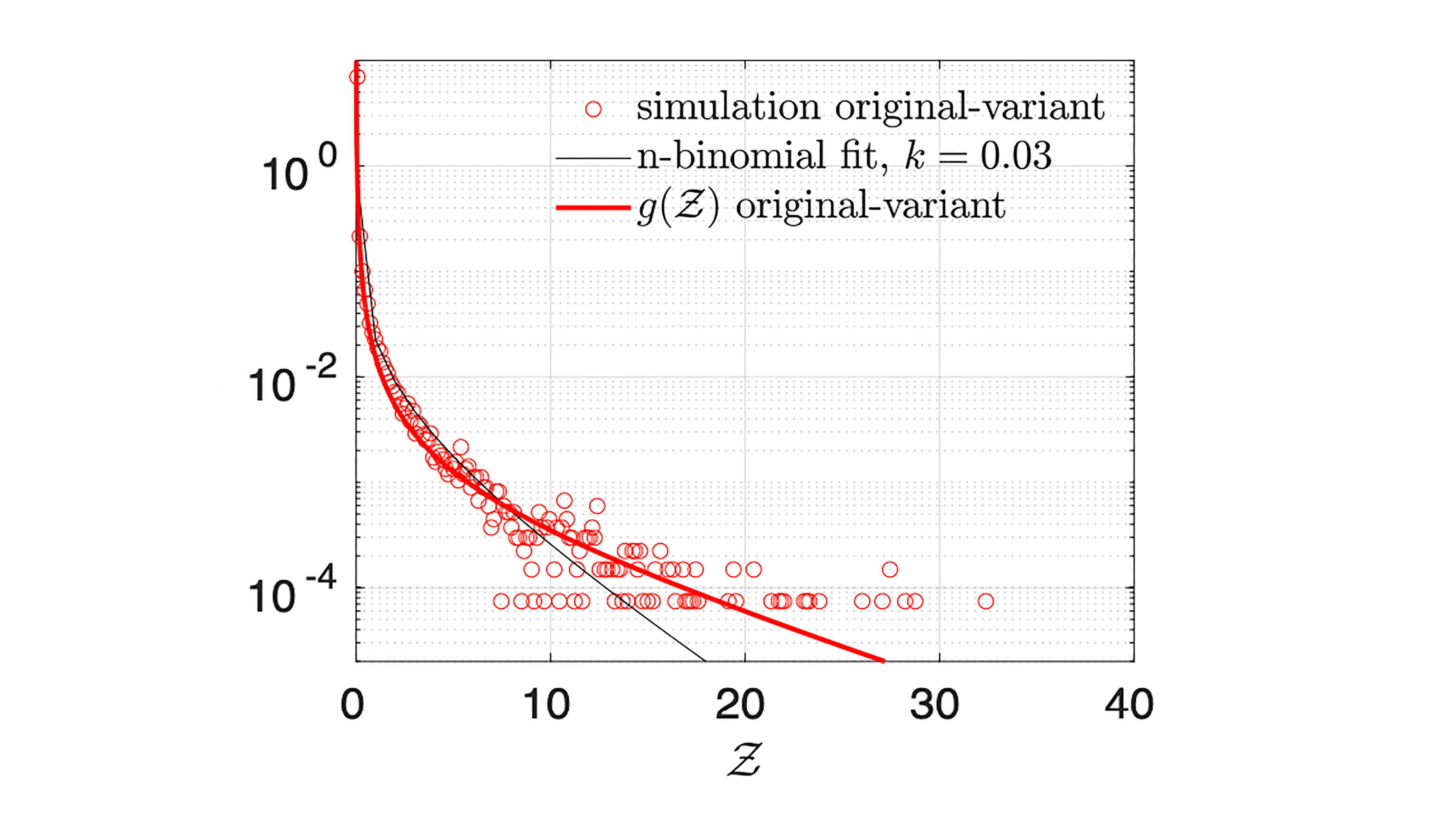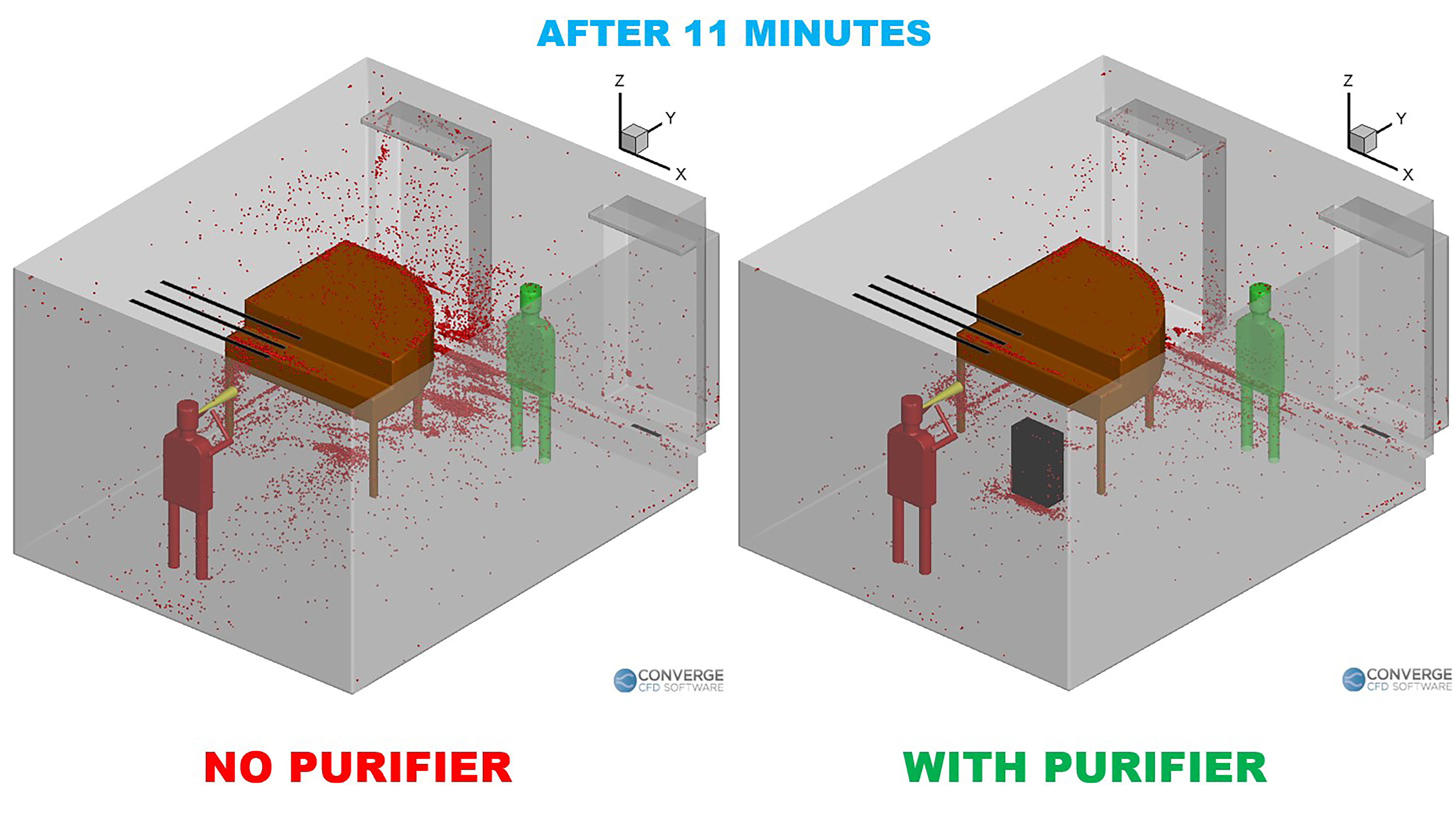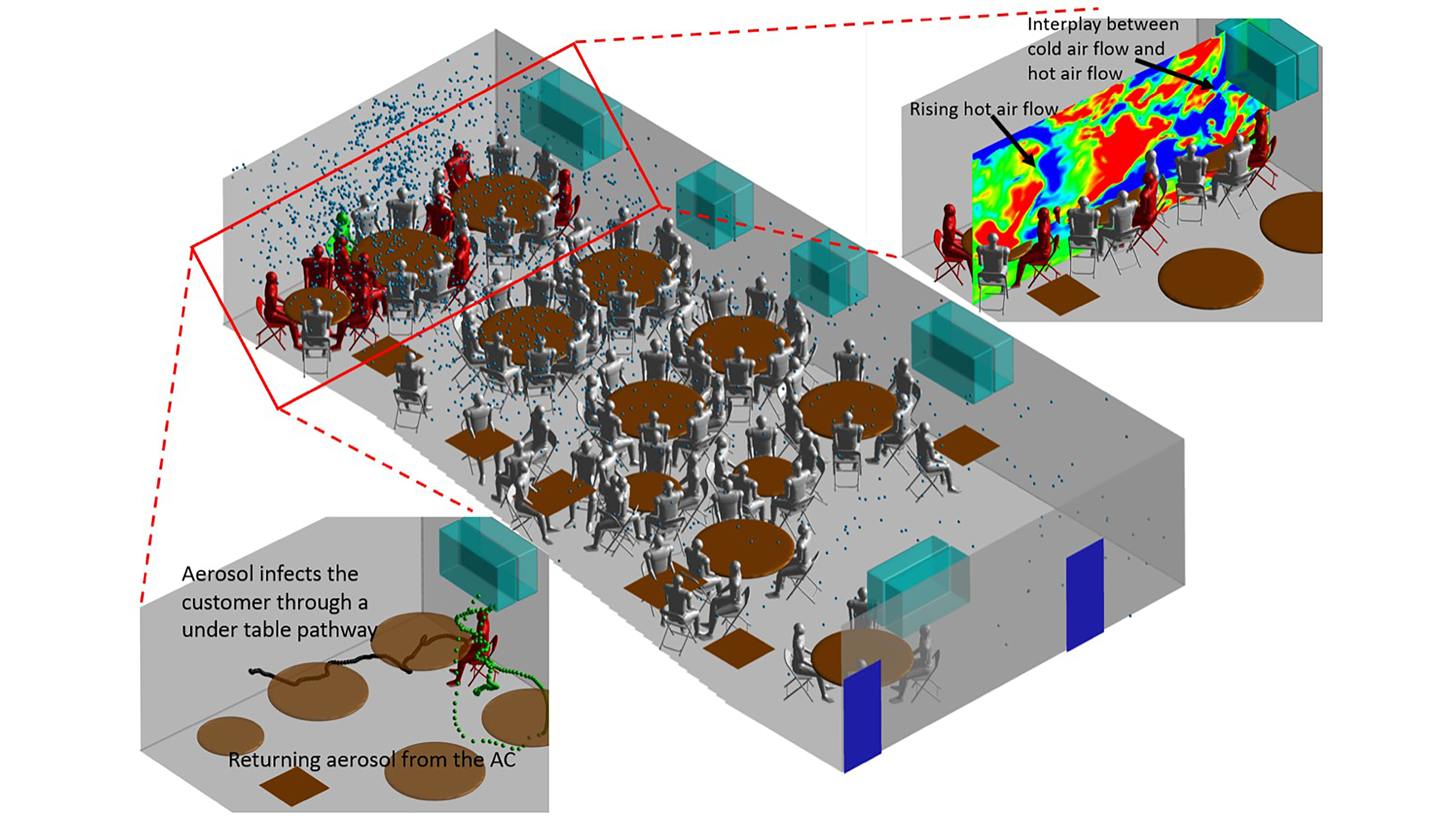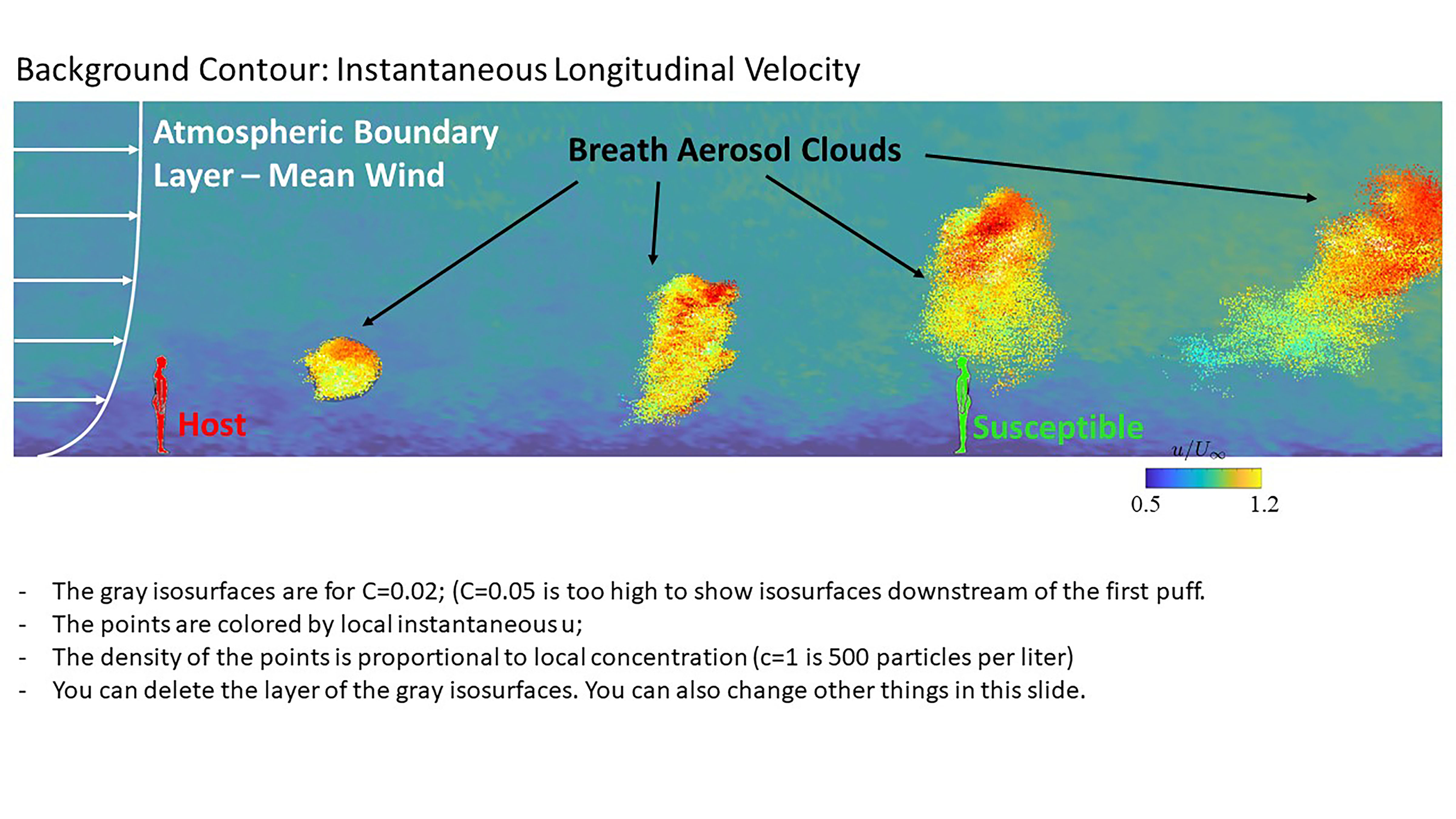The TSA just reported an all-time high for the number of airline travelers screened, and major U.S. airlines expect to transport 271 million passengers this summer, a 6.3 percent increase from last year. Now, board-certified infectious disease physician Carl Abraham, M.D., assistant…
Tag: airborne transmission
New Electrostatic Sampler Boosts Indoor Virus Detection Speed
Researchers have developed a groundbreaking electrostatic air sampler that enhances the rapid monitoring of airborne influenza and coronavirus. The device, capable of high air flow rates, offers significant advancements in detecting viral presence in indoor environments through polymerase chain reaction (PCR) analysis.

COVID-19 Superspreader Events Originate from Small Number of Carriers
In Physics of Fluids, researchers create a model to connect what biologists have learned about COVID-19 superspreading with how such events have occurred in the real world. They use occupancy data to test several features ranging from viral loads to the occupancy and ventilation of social contact settings. They found that 80% of infections occurring at superspreading events arose from only 4% of those who were carrying the virus into the event. The top feature driving the wide variability in superspreading events was the number of viral particles found in index cases.

Strategic Air Purifier Placement Reduces Virus Spread Within Music Classrooms
The University of Minnesota School of Music was concerned about one-on-one teaching during the COVID-19 pandemic and wondered if it should supplement its ventilation system with portable HEPA air purifiers. So, school officials reached out to Suo Yang, a professor within the College of Science and Engineering, and his team to figure it out. In Physics of Fluids, Yang and the researchers describe their work to predict how virus particles spread within a music classroom.

Advanced Simulations Reveal How Air Conditioning Spreads COVID-19 Aerosols
A restaurant outbreak in China was widely reported as strong evidence of airflow-induced transmission of COVID-19, but it lacked a detailed investigation about exactly how transmission occurred. In Physics of Fluids, researchers at the University of Minnesota report using advanced simulation methods to capture the complex flows that occur when the cold airflow from air conditioners interacts with the hot plume from a dining table and the transport of virus-loading particles within such flows.

Estimating Risk of Airborne COVID-19 with Mask Usage, Social Distancing
In Physics of Fluids, researchers used a model to understand airborne transmission that is designed to be accessible to a wide range of people, including nonscientists. Employing concepts of fluid dynamics and factors in airborne transmission, they propose the Contagion Airborne Transmission inequality model. While not all factors may be known, it can still be used to assess relative risks. The researchers determined protection from transmission increases with physical distancing in an approximately linear proportion.